 |
Economic growth drivers
Tay Ninh has a strategic location in the Southern key economic zone, adjacent to Ho Chi Minh City, is a bright spot in attracting investment and is rising strongly on the economic map of Vietnam.
According to the report of the General Statistics Office ( Ministry of Finance ), the economic growth rate (GRDP) in the first 6 months of 2025 of Tay Ninh province reached 9.63%, ranking first among the provinces/cities in the Southern region and 7th out of 34 provinces and cities nationwide. In which, sector II (industry - construction) had an impressive increase of 12.67%; the rest, sector I (agriculture - forestry - fishery) increased by 4.55%, sector III (trade - services) increased by 8.25%, product tax minus product subsidy 6.86%.
In recent times, industry has always been a bright spot in Tay Ninh's economic picture, playing a pivotal role and driving force for the province's economic growth.
Develop modern, highly competitive industries; environmentally friendly, low emissions, energy, land and labor saving. Promote new products, prioritize industries to create long-term sustainable growth. Focus on the following areas: Food processing; textiles, fiber production, textile and garment raw materials, footwear, fashion accessories; production of metals and precast metal products; rubber and plastic products; chemicals and chemical products; electricity, electronics; pharmaceuticals and pharmaceuticals; mechanics, electronics, supporting industries, high technology; energy.
In Long An province (old), the industrial sector accounts for nearly 51% of the value added (VA), of which the manufacturing and processing industry accounts for nearly 95% of the entire industrial sector. The proportion of the added value of the manufacturing and processing industry accounts for an average of 97.0% in the period 2011-2020; the average growth rate of the industry reached 14.6%/year in the same period.
In the internal structure of the processing and manufacturing industry, the added value of the group of industries producing and processing food, textiles, garments, leather and related products, chemicals and chemical products, rubber and plastic products, other micro-metallic mineral products, metal production, prefabricated metal products and electrical equipment production accounts for the majority, averaging 84.5% in the period 2011-2020.
The main processing and manufacturing industries of the province in recent times are footwear, garment, leather and leather products, textiles, and food production and processing. In particular, in terms of labor scale, the leather industry of Long An (old) ranks first in the country and the upstream metal industry ranks second in the country.
In the past years, with the whole country promoting international integration, promoting industrialization and modernization, the province's industrial production continued to play a key role, making an important contribution to the province's economic growth. The whole province has 5 industrial parks (IPs) outside the border economic zone in operation with a total area of 3,383.07 hectares (of which 2,549.45 hectares of industrial land can be leased, 1,797.91 hectares have been leased, the occupancy rate reached 70.52%) and 1 IP in the economic zone in operation with a scale of 108.11 hectares, over 91% filled. In addition, the province also has 2 border economic zones with a total area of 55,481 hectares.
Large industrial parks such as Trang Bang Industrial Park, Phuoc Dong - Boi Loi Industrial Park, Cha La Industrial Park... have attracted many investment projects in industries such as textile, footwear, electronics, food processing...
Besides the industrial parks, Tay Ninh also has 5 industrial clusters in operation with a total area of 211.63 hectares (136.95 hectares have been leased, reaching 93.7%).
In the period of 2021-2025, Tay Ninh's Industrial Production Index (IIP) increased by an average of 11.3% per year, the added value of the industrial sector increased by an average of 10.6% per year, the proportion of added value of the processing and manufacturing industry accounted for 37% of GRDP. The province's processing and manufacturing industry has developed strongly with products such as cassava starch, sugar, dried fruits...; textiles, footwear, rubber and plastic products,...
In addition, supporting industries are also encouraged and supported by the locality through the Supporting Industry Development Program. Long An province has done a good job in building mechanisms and policies to implement the program; promoting propaganda, effectively integrating with other policies such as industrial promotion, investment promotion, trade promotion, voting for typical rural industrial products and connecting supply and demand. Up to now, the whole province has about 170 projects in 6 groups of priority supporting industrial products for development, of which textiles, footwear (80 projects, accounting for 47%) and mechanical engineering (37 projects, more than 21%). The remaining projects focus on electronics, automobile assembly and high-tech industry.
Potential for energy development
Tay Ninh also has great potential for renewable energy, contributing to the supply of electricity to the key economic region in the South. Of which, Long An province (old) has 8 completed power plant projects and commercial power generation with a total capacity of 440.1 MWp; 1 project is under construction investment (TTC Duc Hue 2, capacity of 49 MWp). Regarding rooftop solar power projects, to date, the electricity industry has accepted the energization and signed power purchase contracts for 2,582 customers, with a total capacity of 510 MWp.
The Long An I, II LNG Thermal Power Plant Project (Can Giuoc) has been granted an investment registration certificate by the Provincial People's Committee, with a total capacity of 3,000 MW, and is currently being implemented.
Tay Ninh (old) has 10 solar power projects in operation with a total capacity of 808MW and 4,260 rooftop solar power systems, with a total capacity of 245.05MW. The total generating capacity of power sources in the province is about 1,737 million kWh/year, meeting about 31.7% of the province's load demand, 100% of households have electricity.
Attention to industrial promotion
In recent times, Tay Ninh province has always paid attention to industrial promotion work. The province has organized and implemented many activities to support industrial development, especially industrial promotion activities to promote rural industry, shift the economic structure and labor in rural areas towards industrialization and modernization.
In the period of 2021-2025, Long An province (old) has implemented 90 industrial promotion projects with a total budget of more than 24 billion VND, of which the national industrial promotion budget accounts for 17 billion VND, the rest is counterpart capital from enterprises. Notably, there are 75 projects supporting the application of advanced machinery and equipment in production, helping rural industrial establishments increase productivity, reduce costs and improve product quality.
Also in the period of 2021 - 2025, Tay Ninh (old) has implemented 69 industrial promotion projects, with a total budget of 33 billion VND, of which the central budget supported 3.2 billion VND, the local budget 9.8 billion VND and the rest is counterpart funding from rural industrial establishments.
Support for equipment and technology innovation has brought about clear results. Many establishments, after investing in modern machinery, have expanded production, created more jobs and increased income for workers. Some models have also created positive spillover effects in the rural business community. In addition, the program has also implemented 5 technical demonstration models, supported technology transfer, provided operational guidance and trained technical personnel - helping businesses master technology and adapt to the increasingly high demands of the market.
The widely implemented industrial promotion programs have affirmed their practical role in supporting enterprises and rural industrial establishments. The program not only promotes production, improves productivity and product quality, but also facilitates access to modern technology, participation in value chains and sustainable development. At the same time, the program contributes to creating stable jobs for rural workers, effectively using local raw materials and increasing product value.
Source: https://baodautu.vn/tay-ninh-tap-trung-phat-trien-cong-nghiep-tao-dong-luc-tang-truong-d348190.html



![[Photo] General Secretary To Lam attends the 80th anniversary of Vietnam's diplomacy](https://vstatic.vietnam.vn/vietnam/resource/IMAGE/2025/8/25/3dc715efdbf74937b6fe8072bac5cb30)
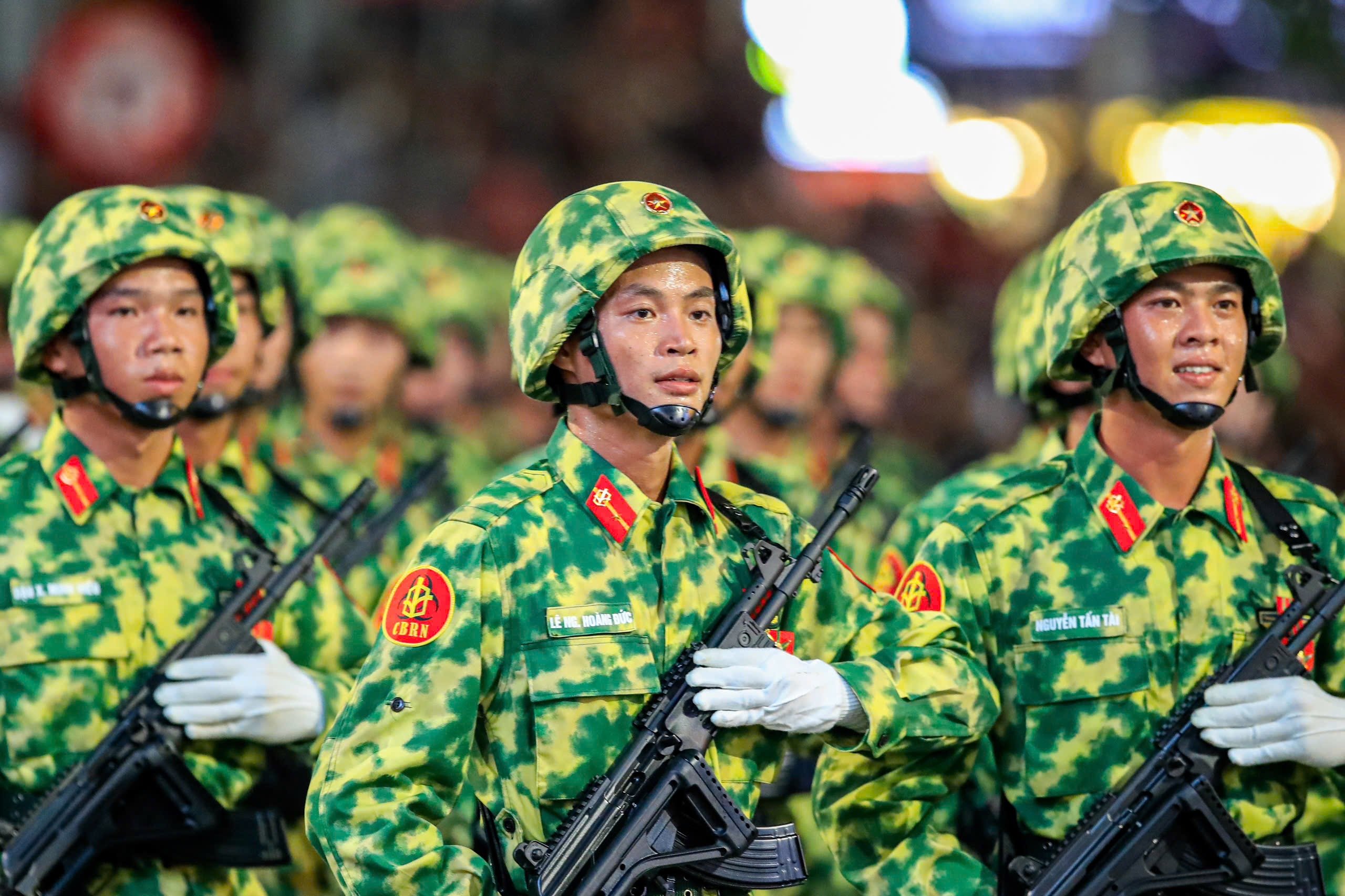



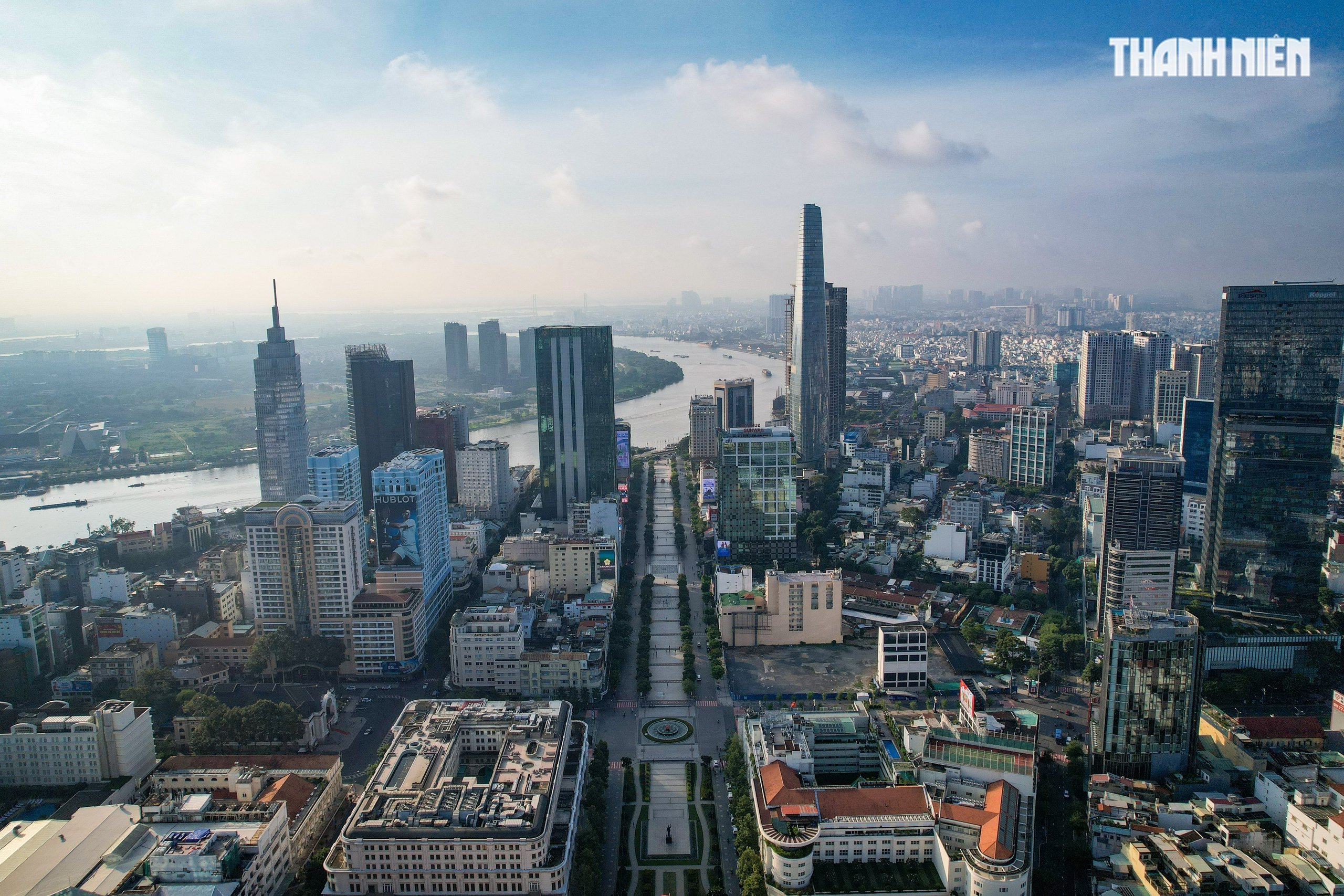






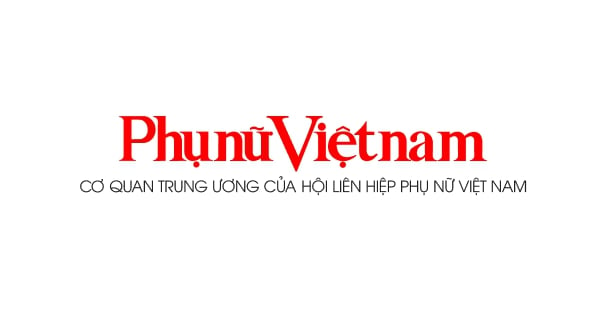





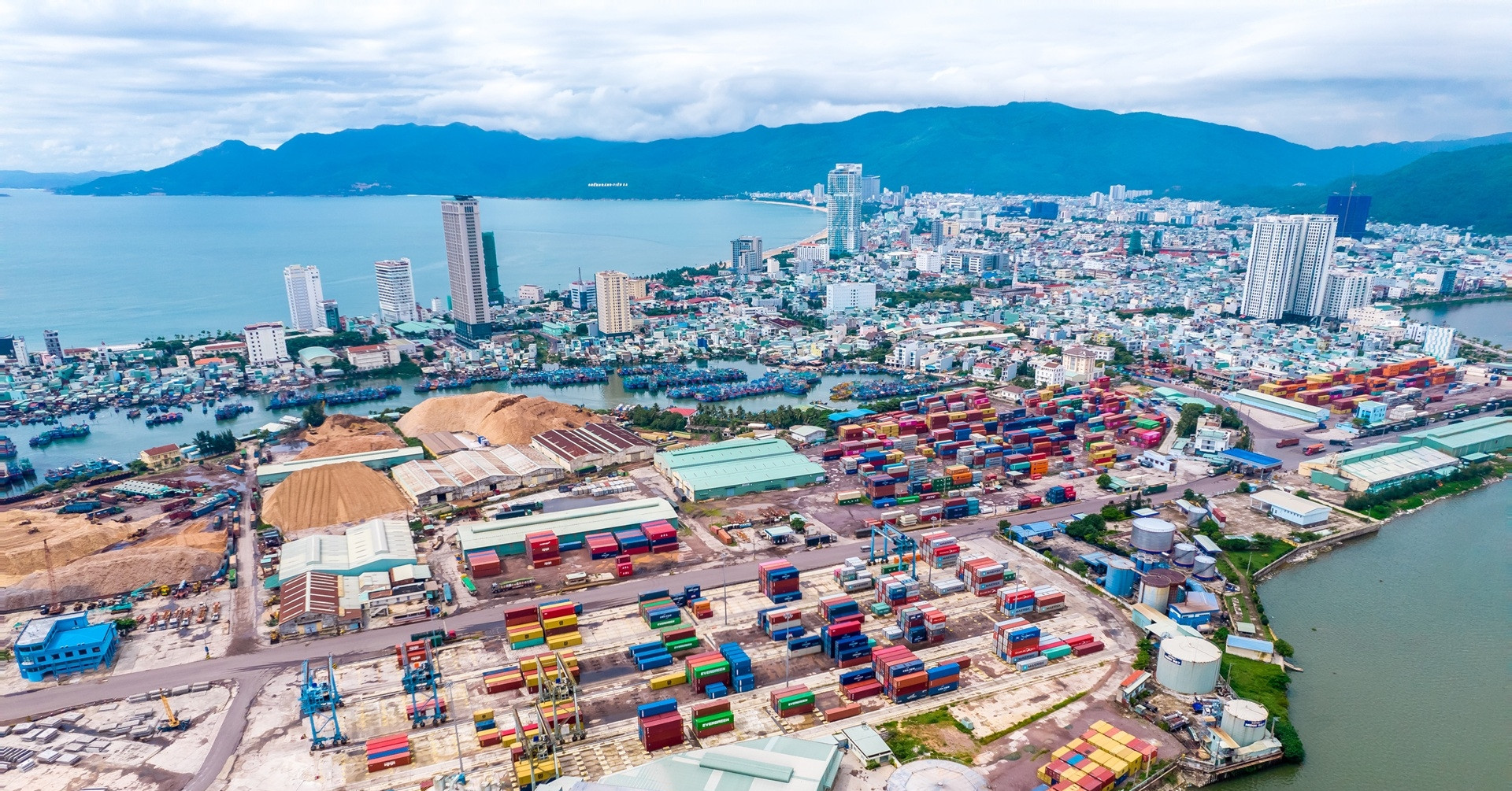



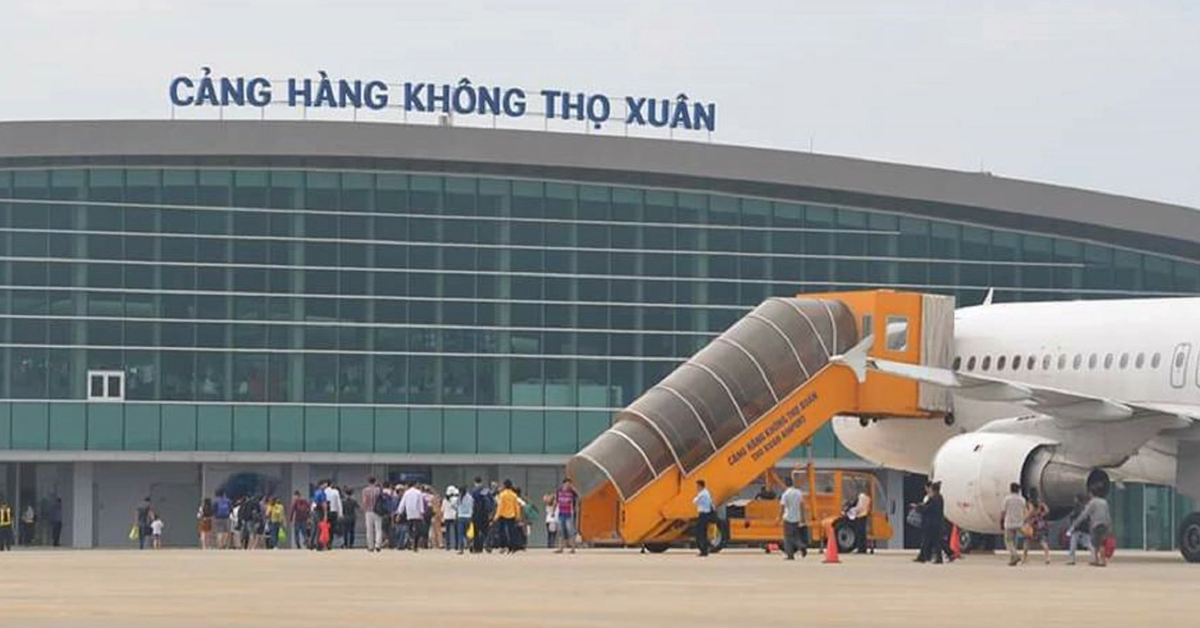

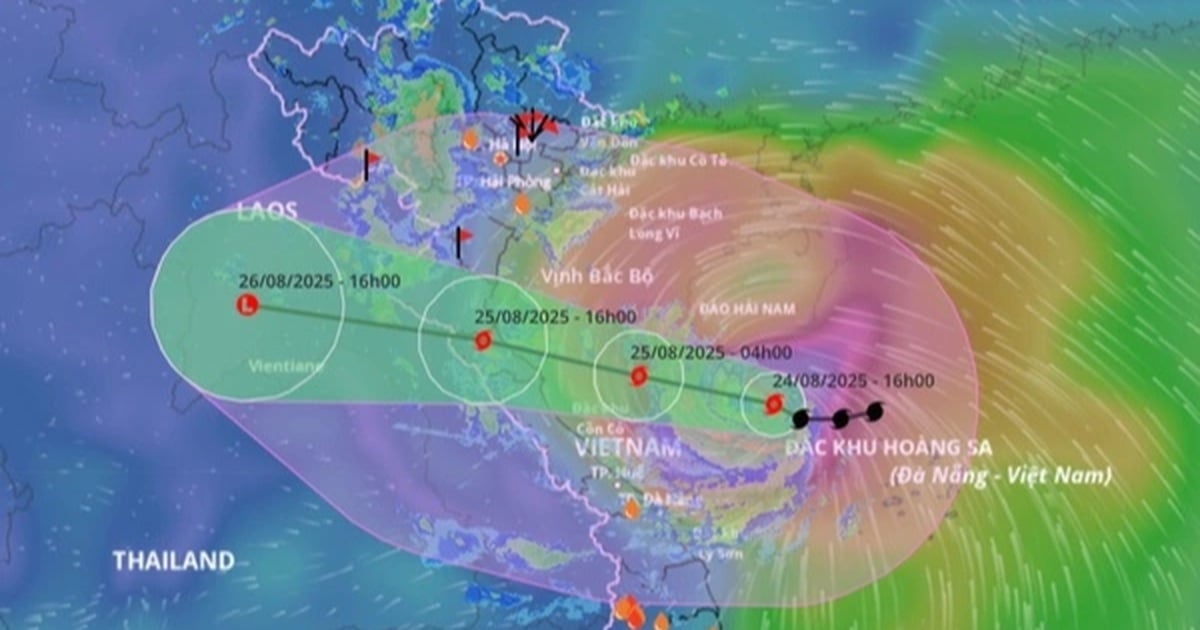








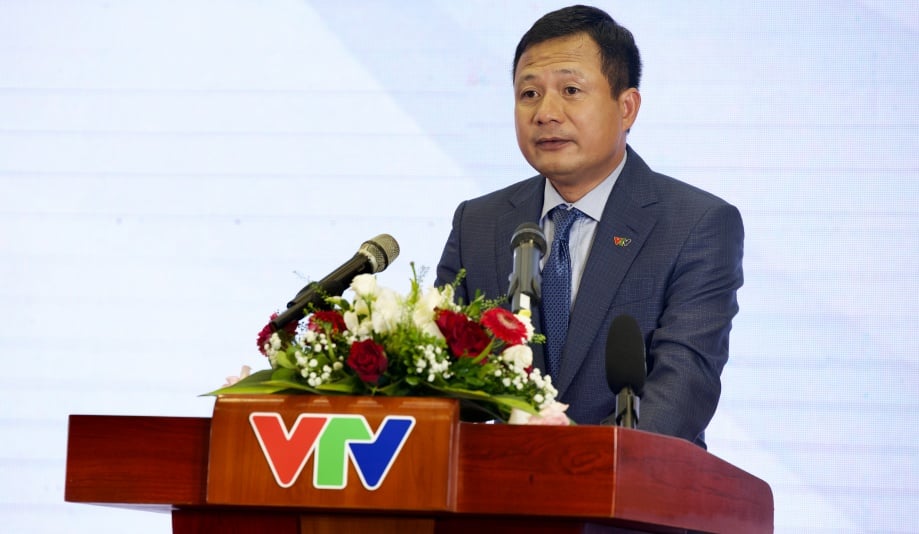

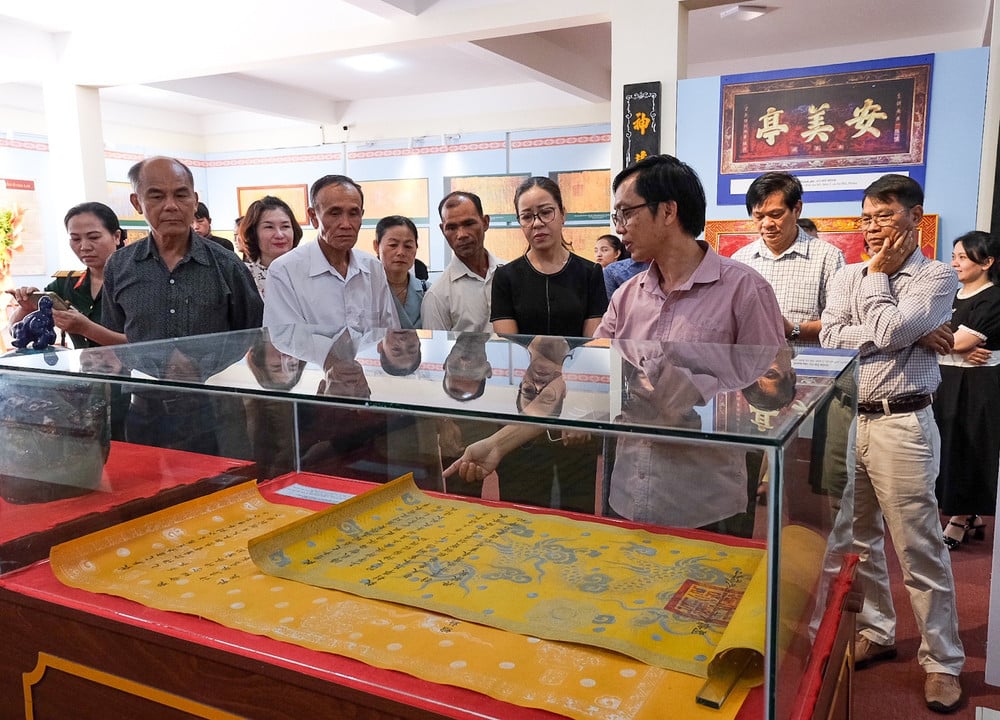














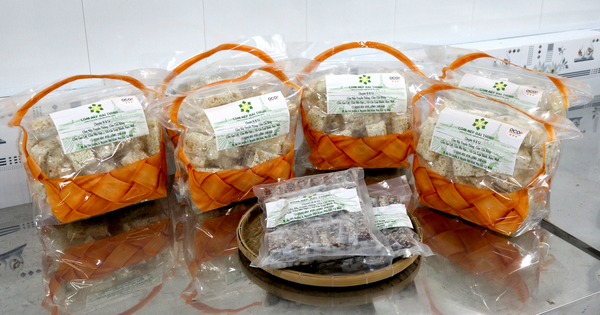
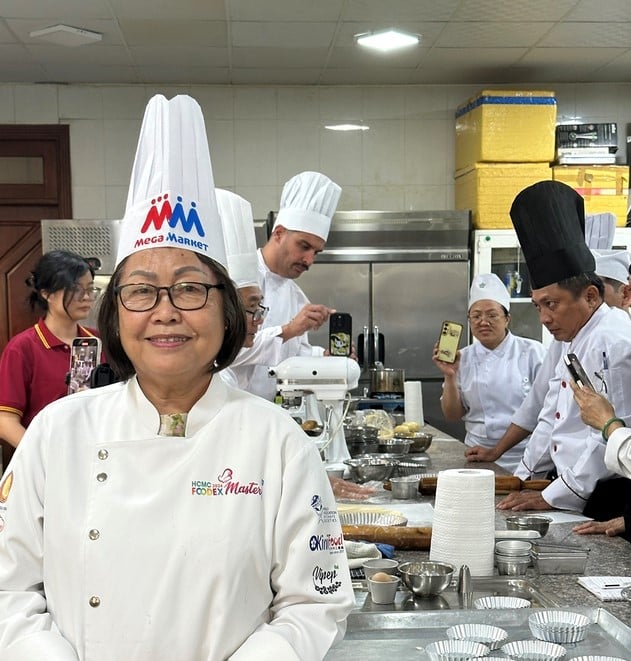
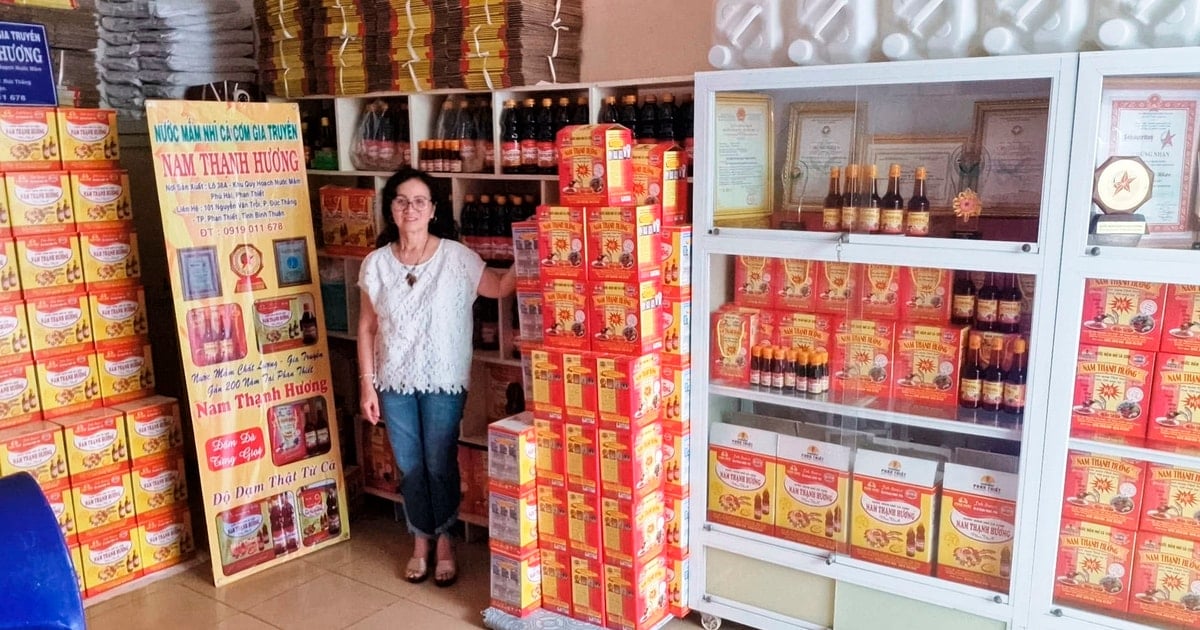

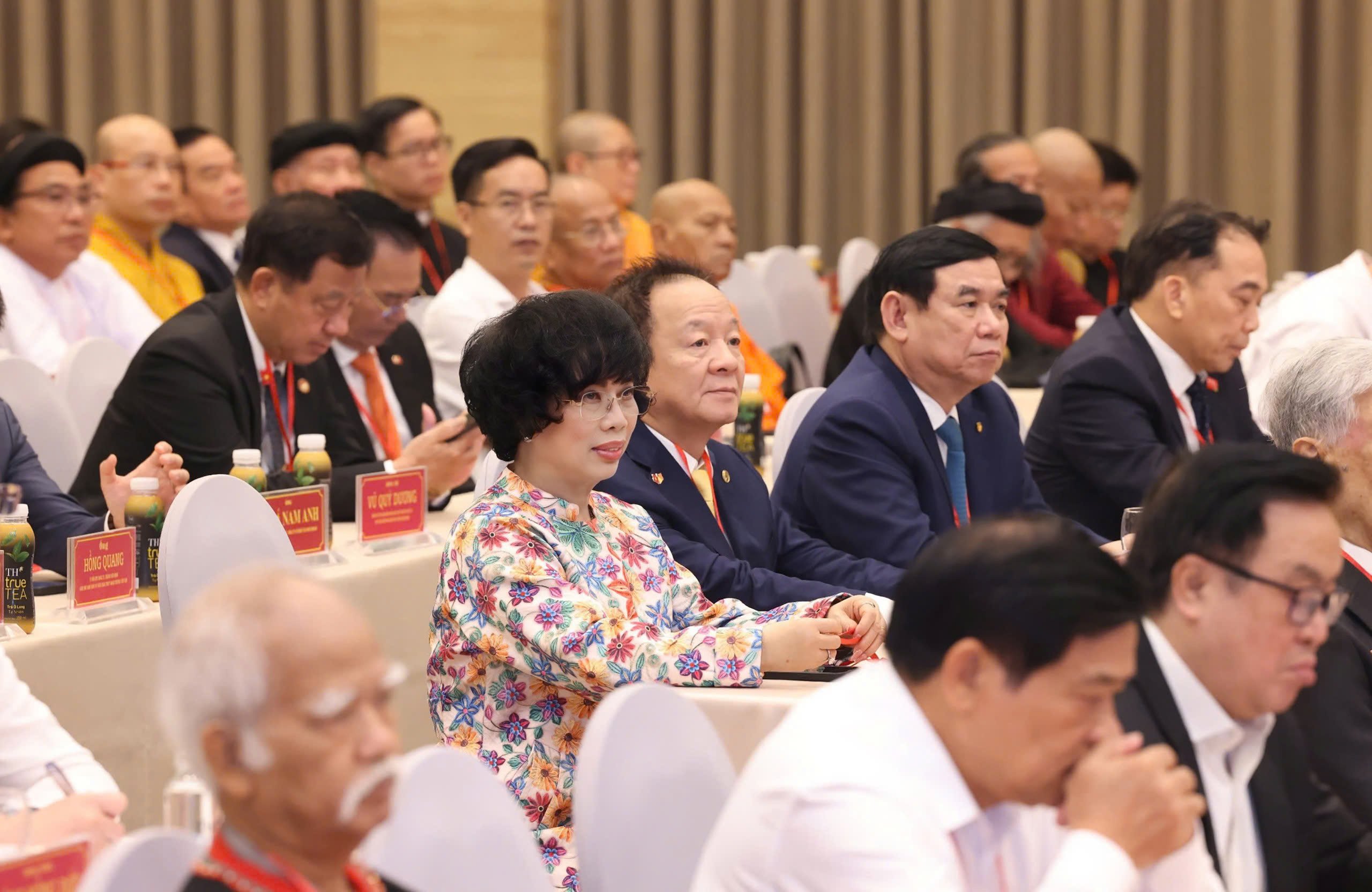




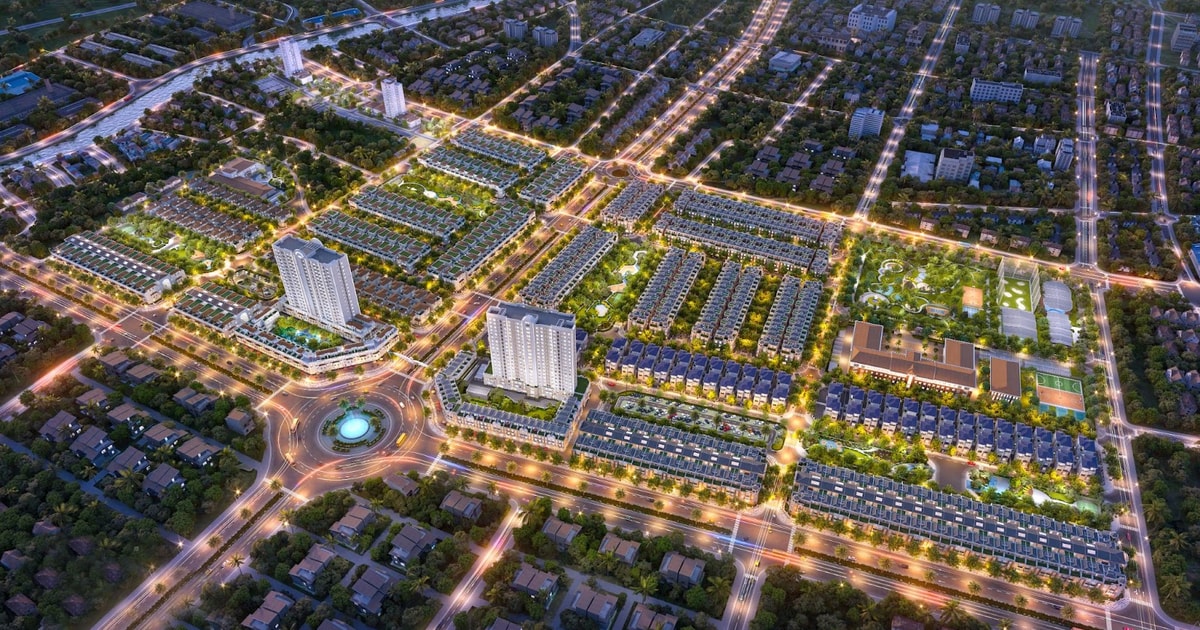

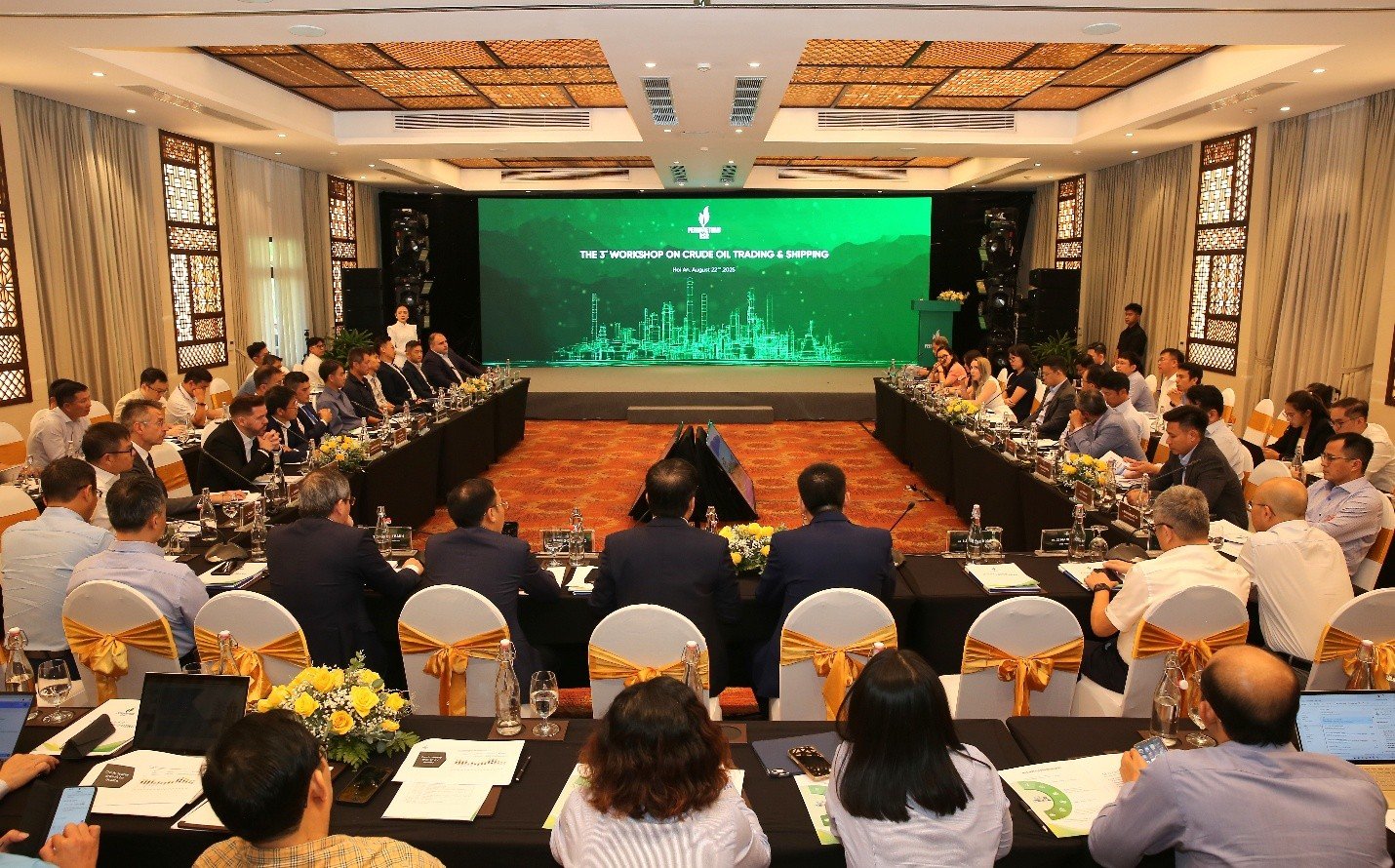
![[E-Magazine] Petrovietnam – Strong steps to realize the “Epochal Transformation”](https://vstatic.vietnam.vn/vietnam/resource/IMAGE/2025/8/25/e745baade70f4e1e96f5314f65eac658)
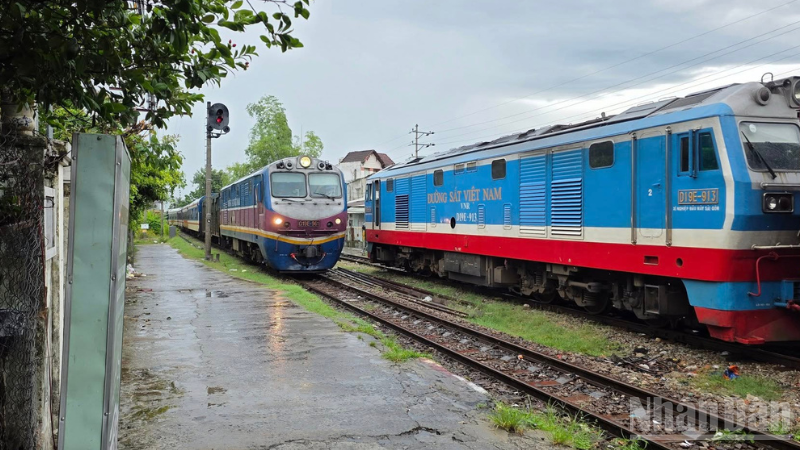
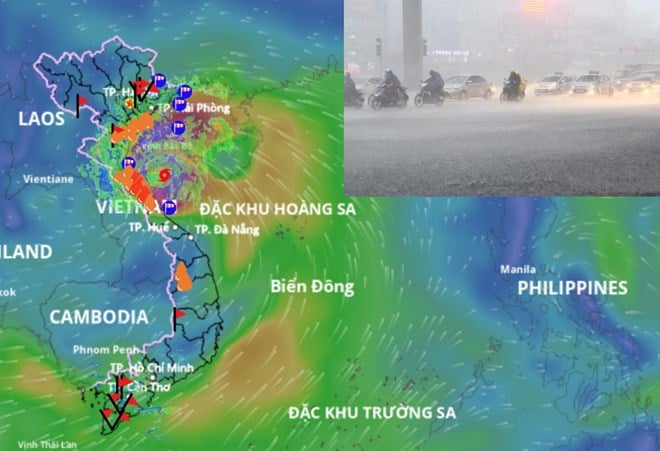




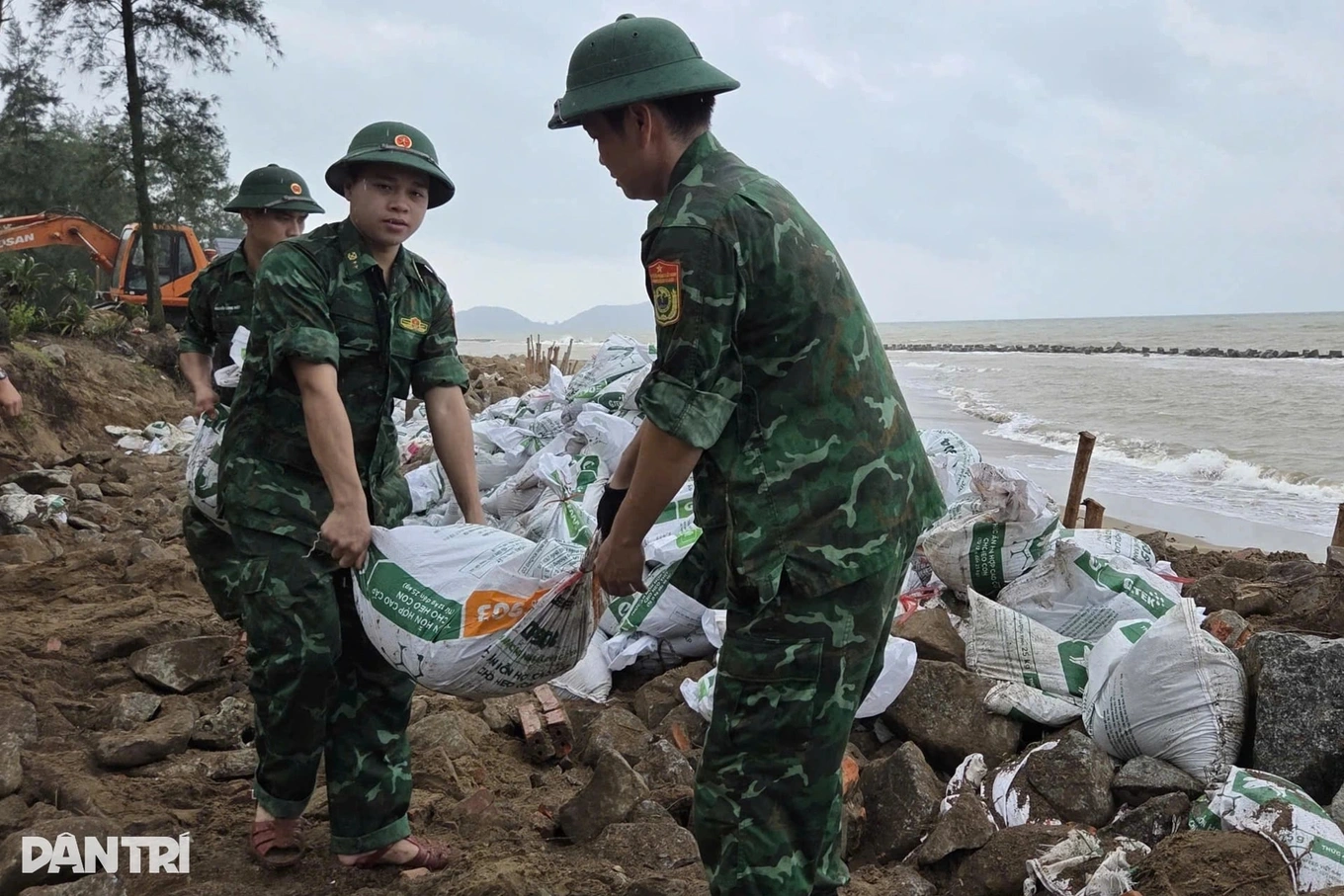
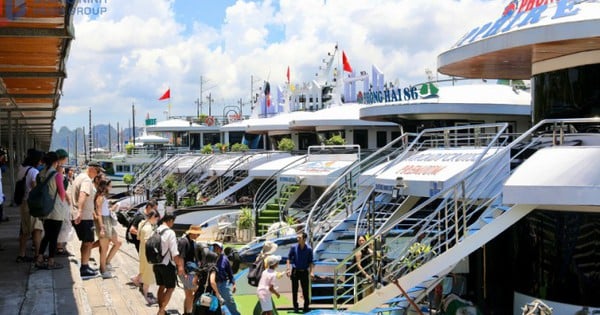


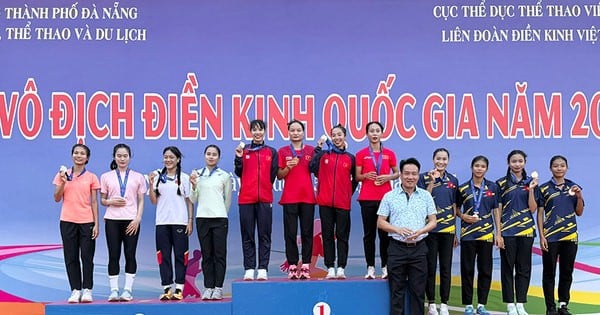


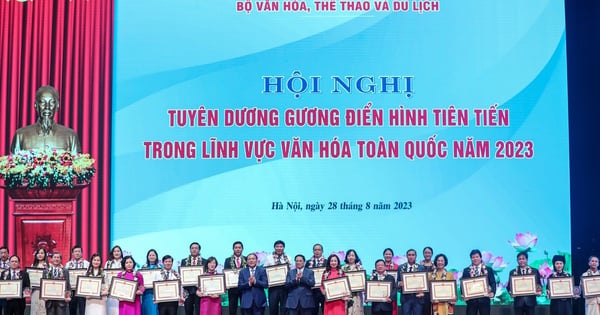

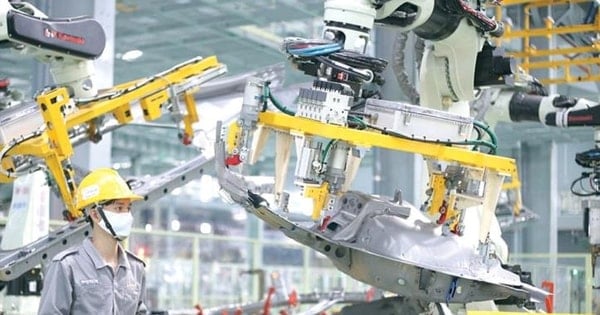

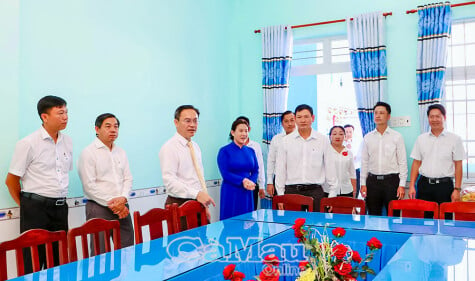

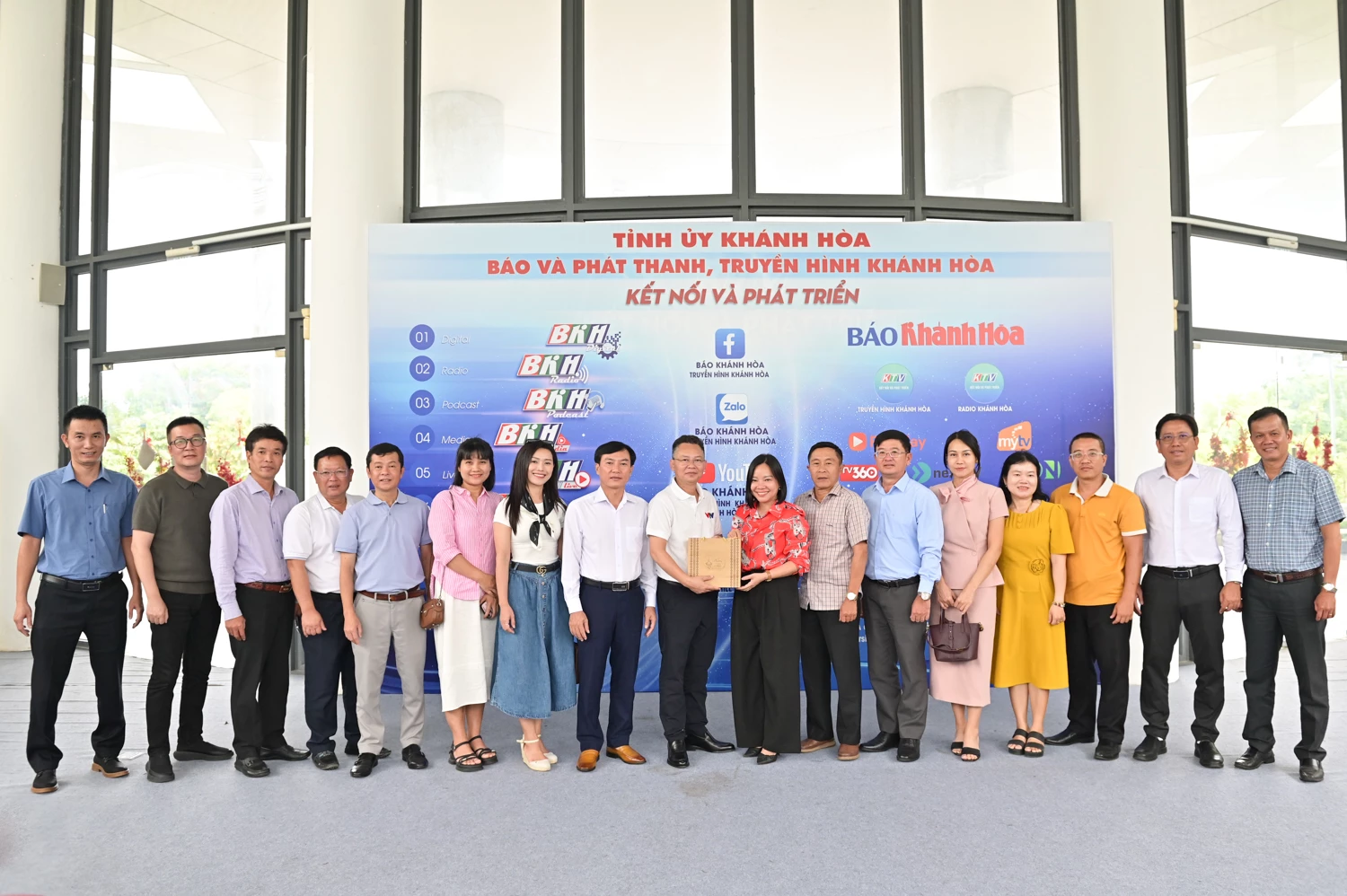

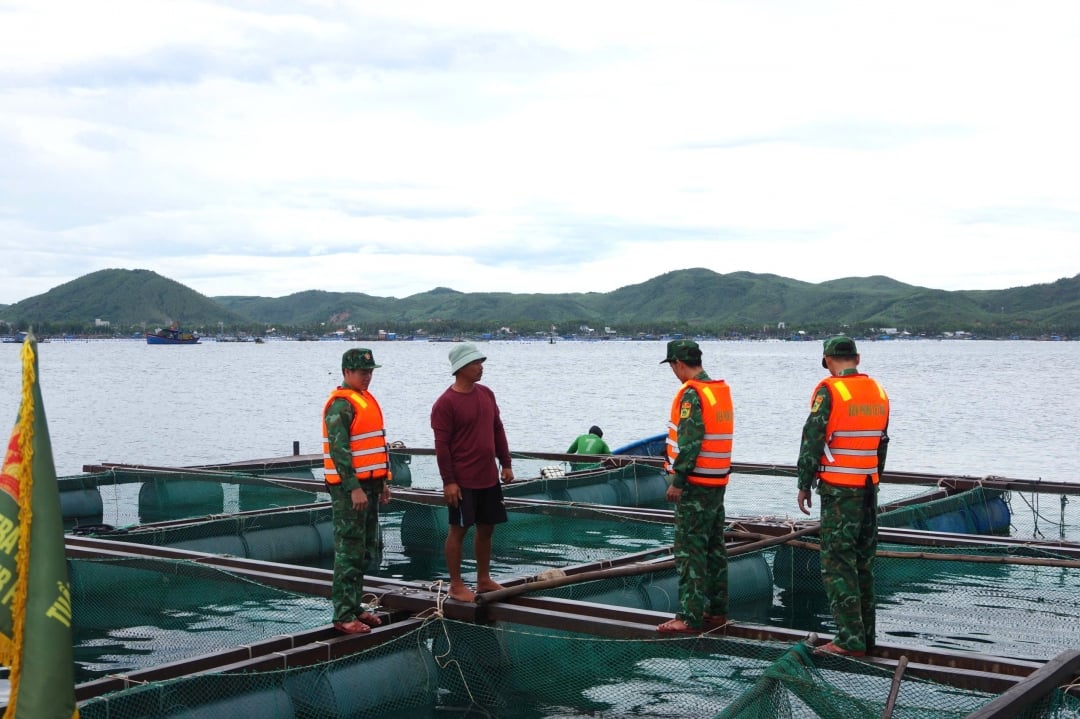
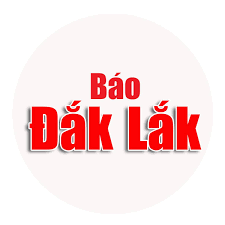

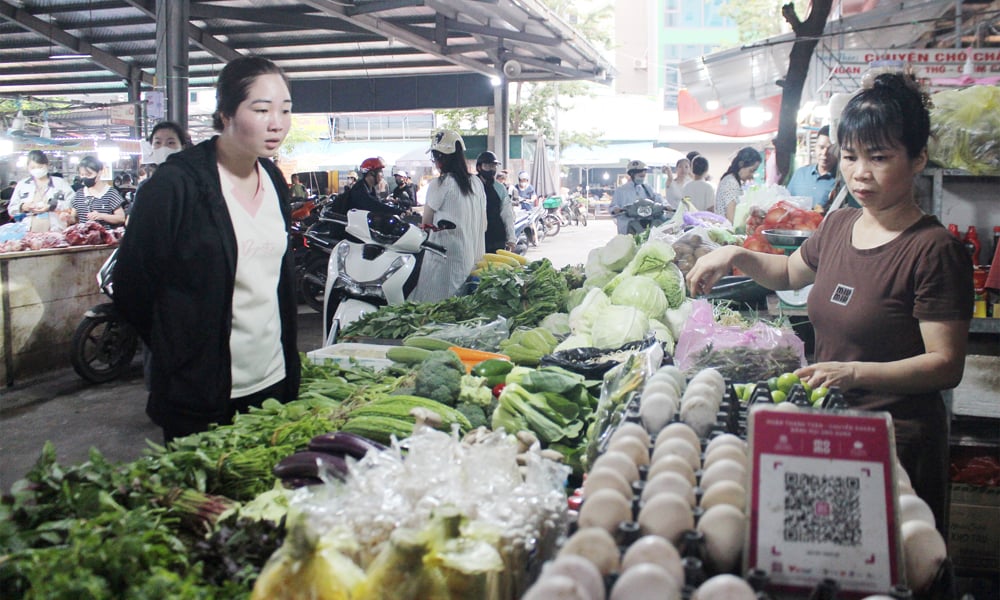

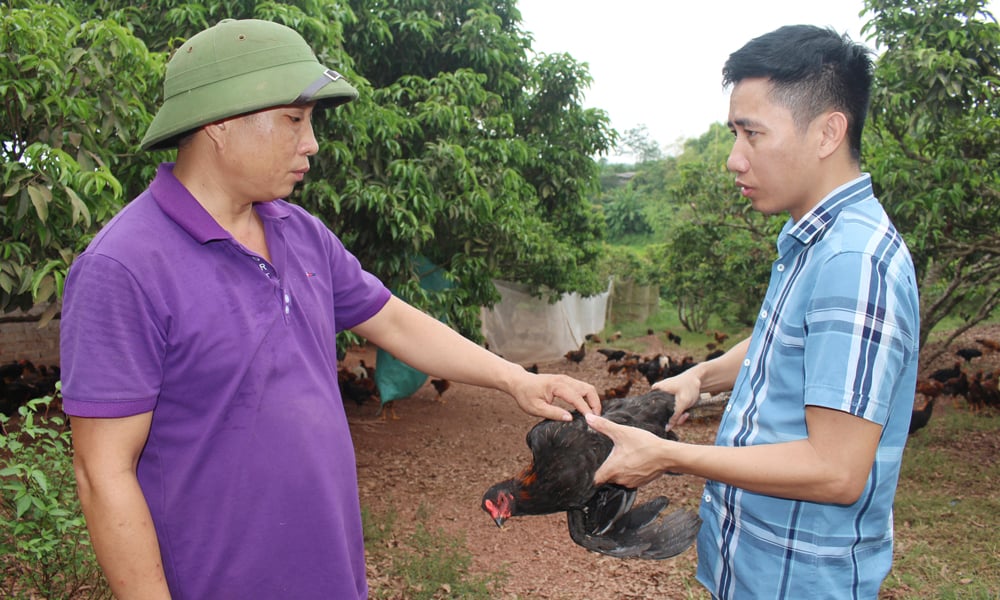
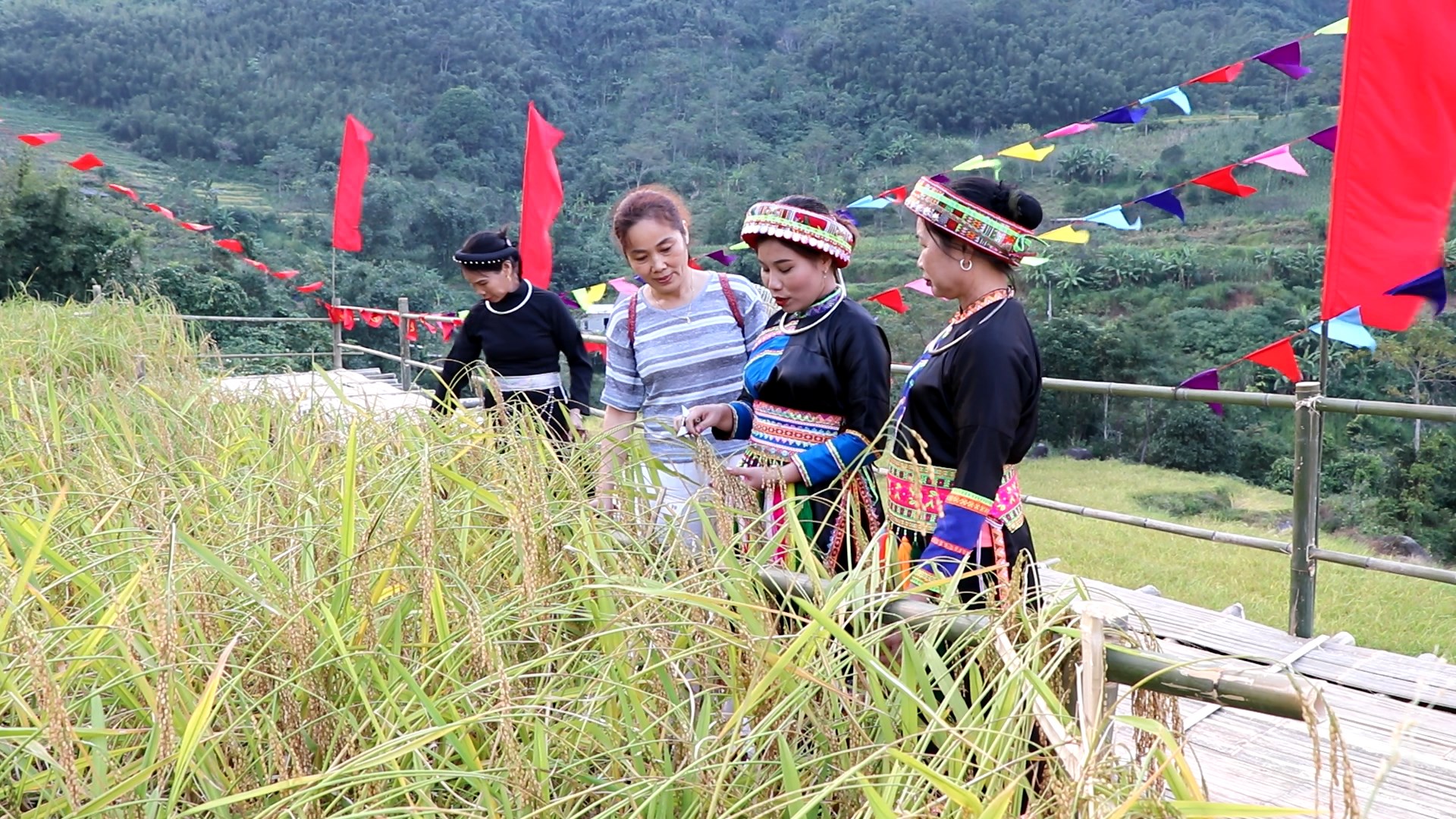

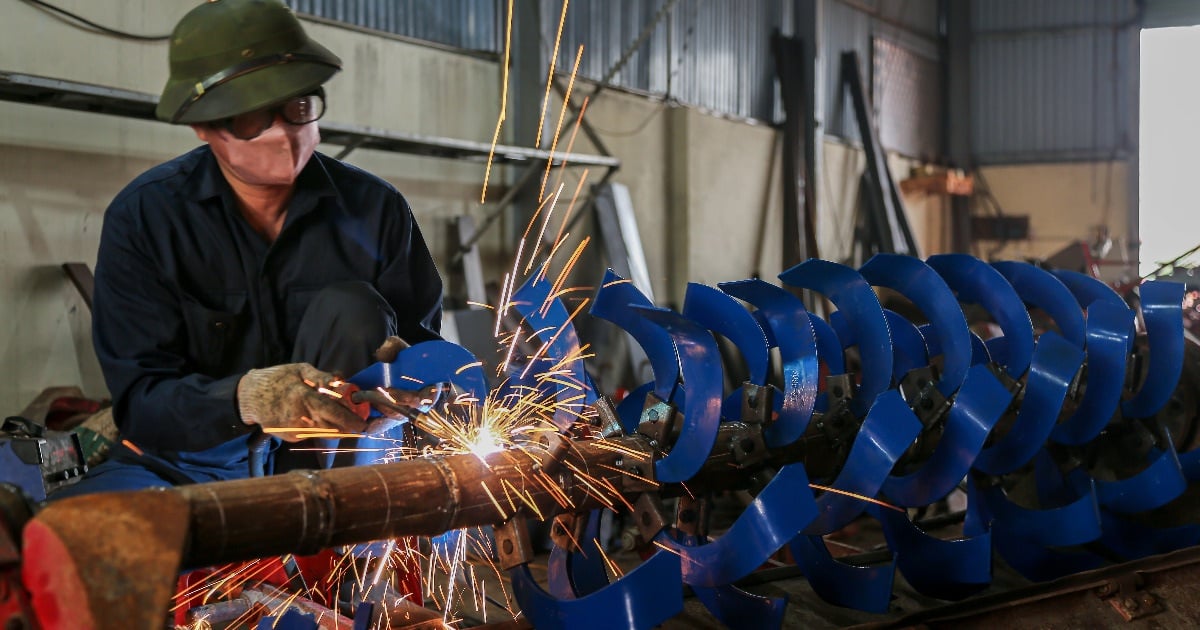
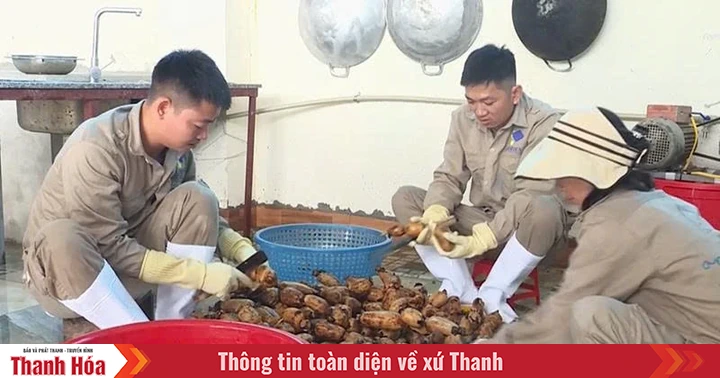

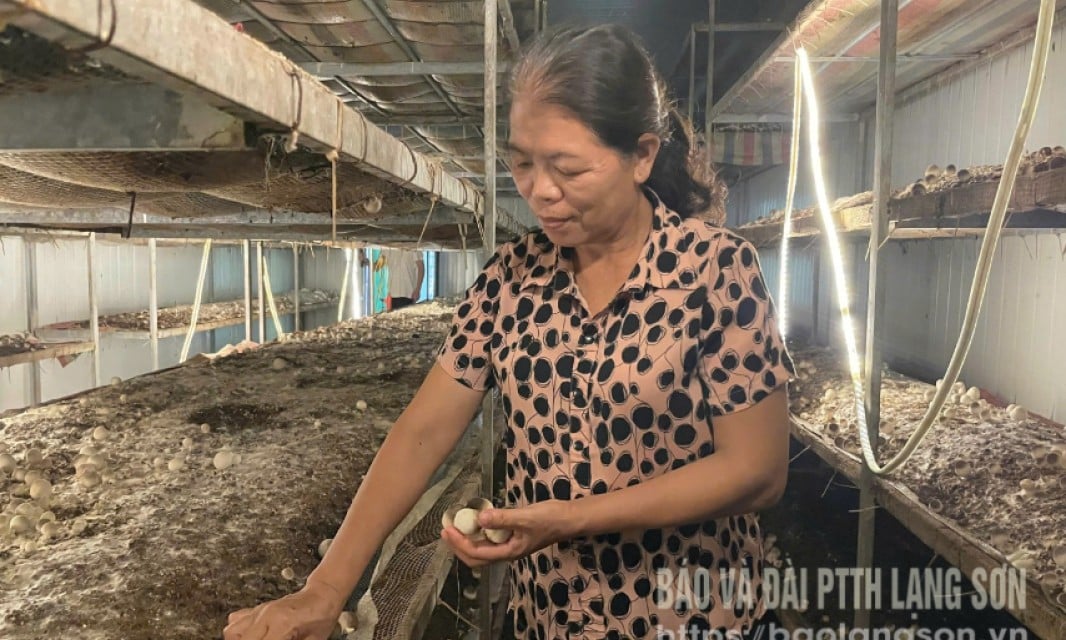






Comment (0)